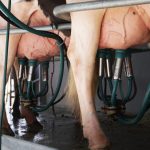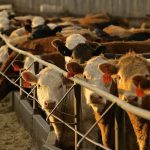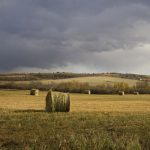The program is a year in length and teaches students about livestock production systems, handling, pasture and grazing management, as well as nutrition, feeding, health and disease, among other things. It covers livestock such as cattle, bison and horses.














